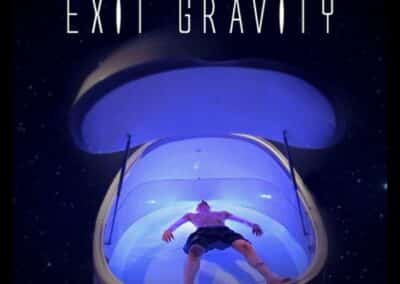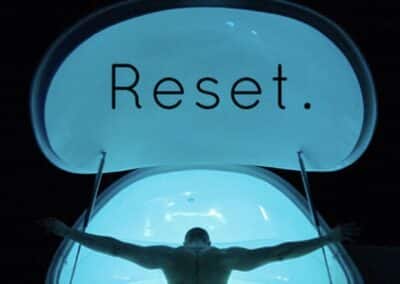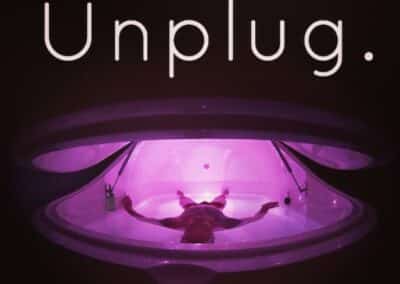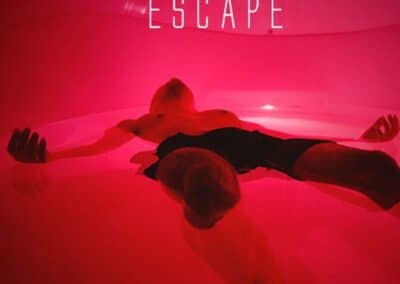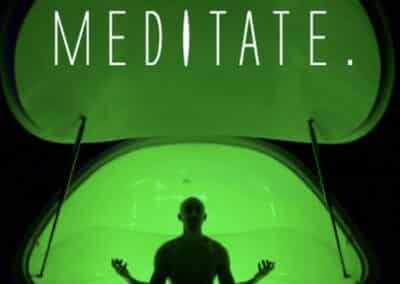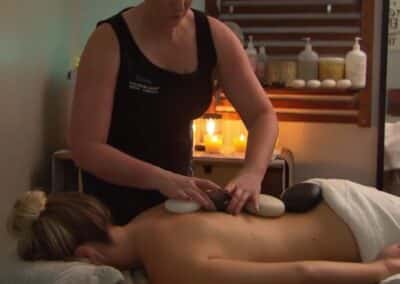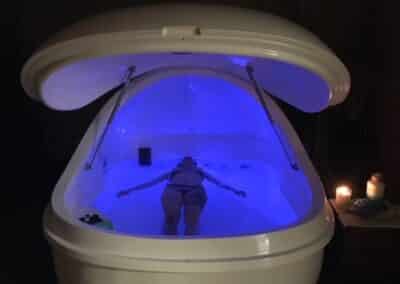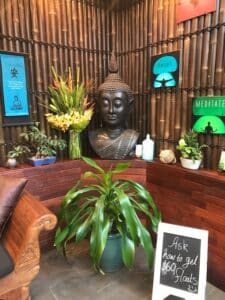
General Floatation Tips
We thought we’d start this off with some general float tips, giving you some insight into what you can expect your float to feel like.
When you enter Emersions Day Spa you will be guided into our reception area and given a induction by a staff member or shown a video on what to do when you enter your float room. You’ll be given the option to have the music on or off, as well as having the light switch nearby to personalise the level of sensory deprivation your experience (for the full effect we recommend lights off). When you enter your Emersions float pod you’ll immediately feel the relaxation sweep over you. Our rooms are equipped with All your towels and anything you will need ,so will be extremely welcoming from the get-go.
When you start your float, don’t expect to fully relax straight away, and especially don’t get stressed that you can’t wind down. It can take many minutes for your muscles and mind to calm down, and even then most people need many float sessions before they can feel the profound benefits.
Some general float tips that have been compiled here at Emersions Day Spa are:
- Try not to drink to much caffeine before a floatation session
- Avoid wearing Bathers in the pod to help regulate your body temperature and to get the feeling of total sensory deprivation
- Embrace the process, our relaxation area after your float is the perfect space to practice mindfulness. You’re able to have some relaxing tea and fully immerse yourself in the experience.
- Try floating with the light off as it will enhance the sensory deprivation experience
- Focus on de-stressing by breathing slowly, deeply, and rhythmically, and let the weightlessness transport you into a state of tranquility
We recommend floating more than once as it can take a few floats to really get into that relaxed state ( most people will relax on first float ) but everyone is different
Controlled Breathing
Controlled breathing exercises can help to keep your mind and body relaxed, lowering blood pressure and stress as well as promoting feelings of calm and relaxation.
Take a deep breath, expanding your belly. Pause. Exhale slowly to the count of five. Repeat four times.
Progressive Muscle Relaxation
Progressive muscle relaxation is a great way to ensure your body is ready for floating. In progressive muscle relaxation, you tense a group of muscles as you breathe in, and you relax them as you breathe out. The theory behind this is that when your body is physically relaxed, it’s more difficult to feel anxious and your body can succumb to the meditative benefits of float therapy. Muscle tension is commonly associated with stress and anxiety, so relaxing your muscles will allow you to open up to the experience.
Putting this into action can look like this:
- Breathe in, and tense the first muscle group for 4 to 10 seconds
- Breathe out, suddenly and completely relaxing the muscle group for 10 to 20 seconds before you move on the next
- Make sure you really focus on how different the muscles feel when they are tense compared to when they are relaxed and let this feeling help to relax your mind
Consciously changing the way you breathe appears to send a signal to the brain to adjust the parasympathetic branch of the nervous system, which can slow heart rate and digestion and promote feelings of calm as well as the sympathetic system, which controls the release of stress hormones like cortisol.
Having a Massage before or After your Floatation session is another way to reach added relaxation but definitely not necessary to achieve great relaxation results .


